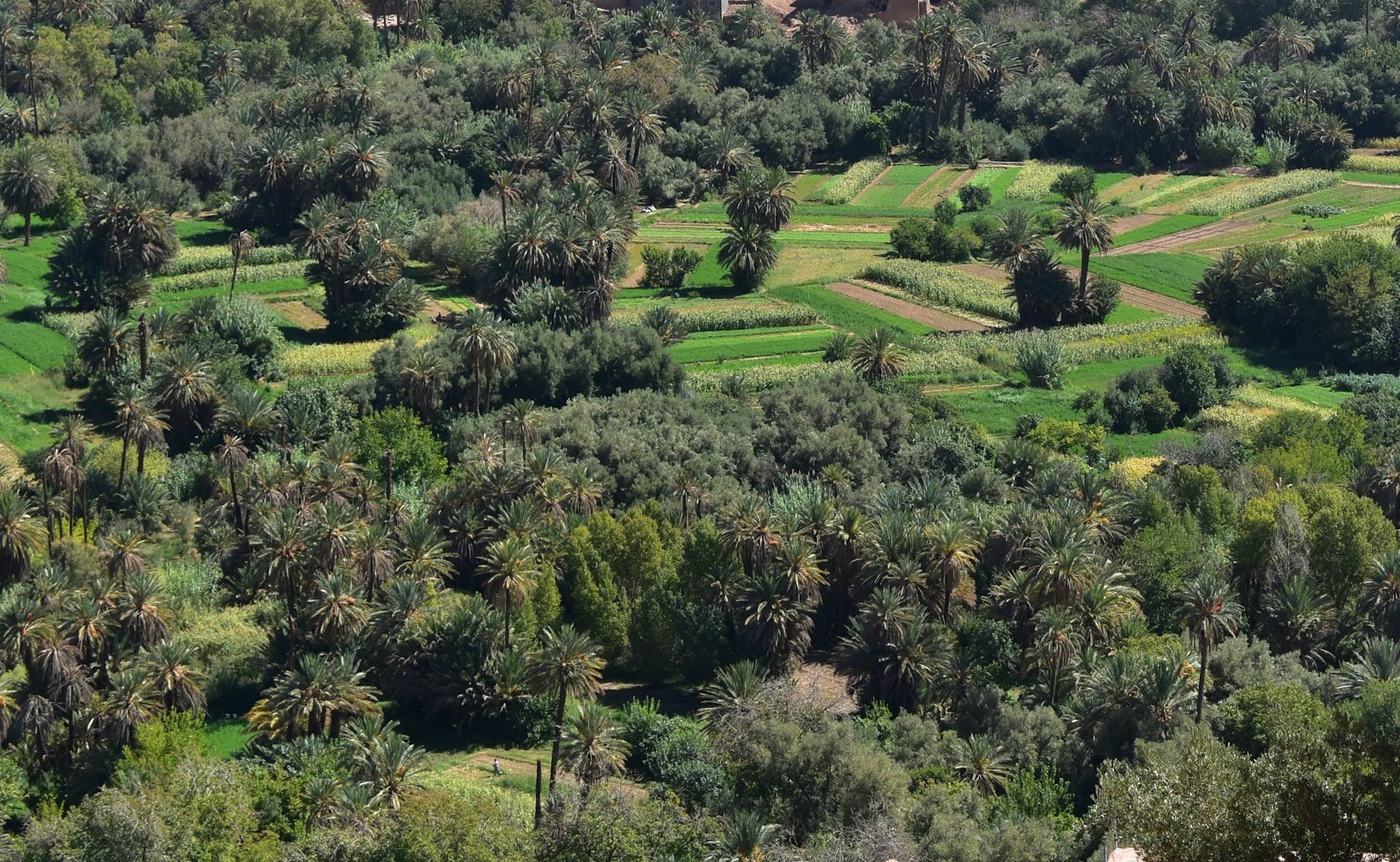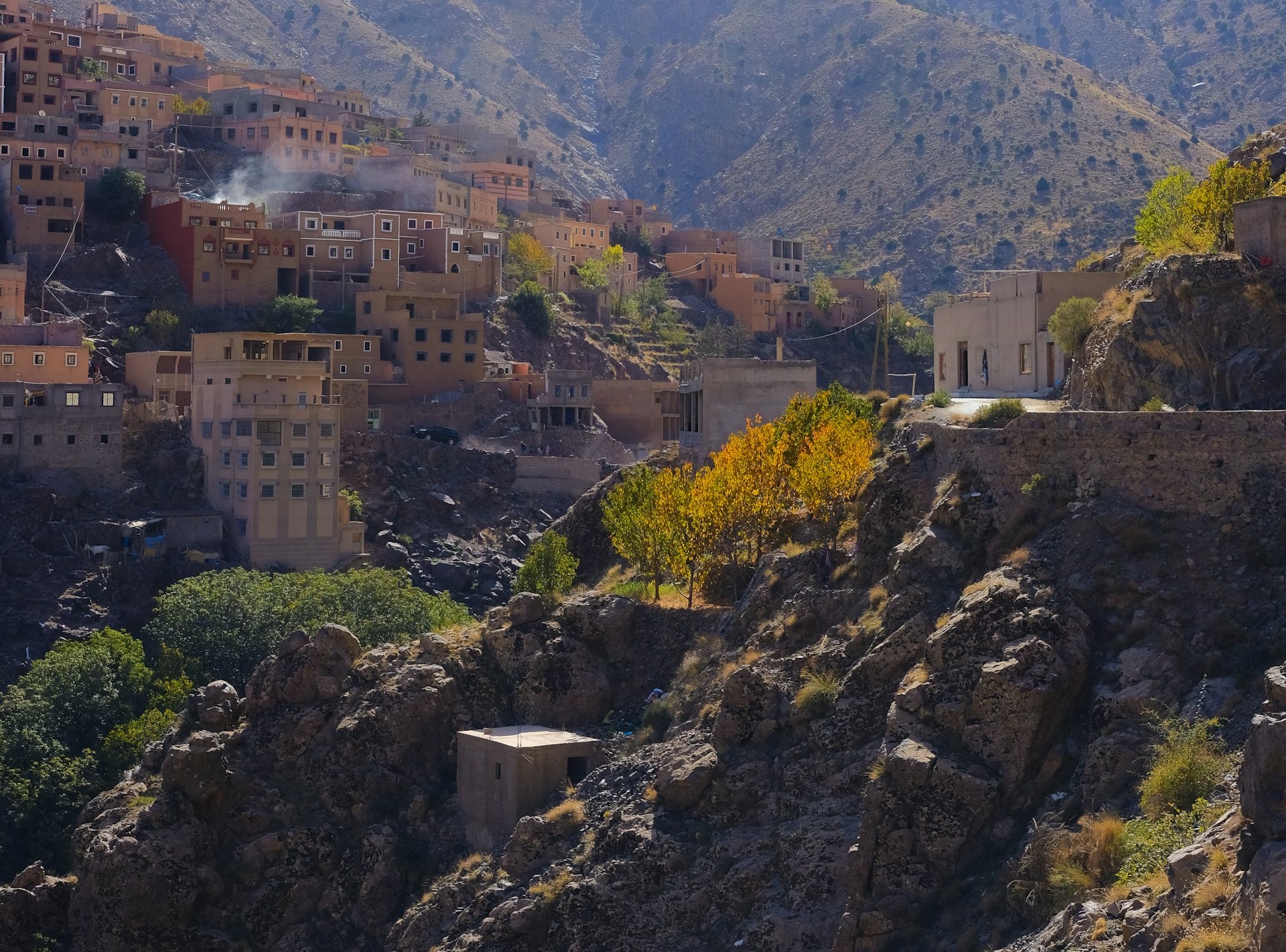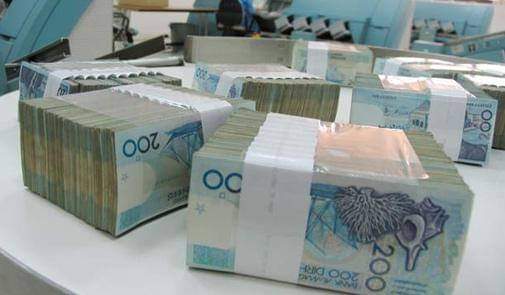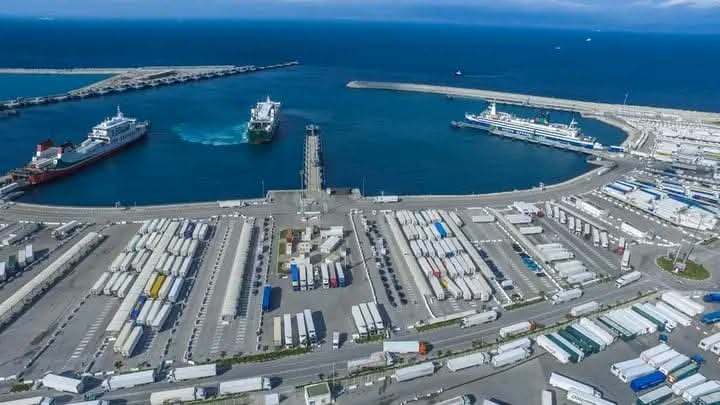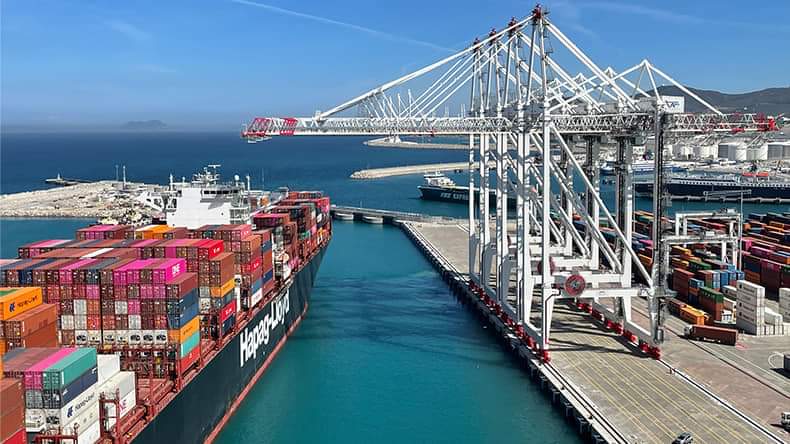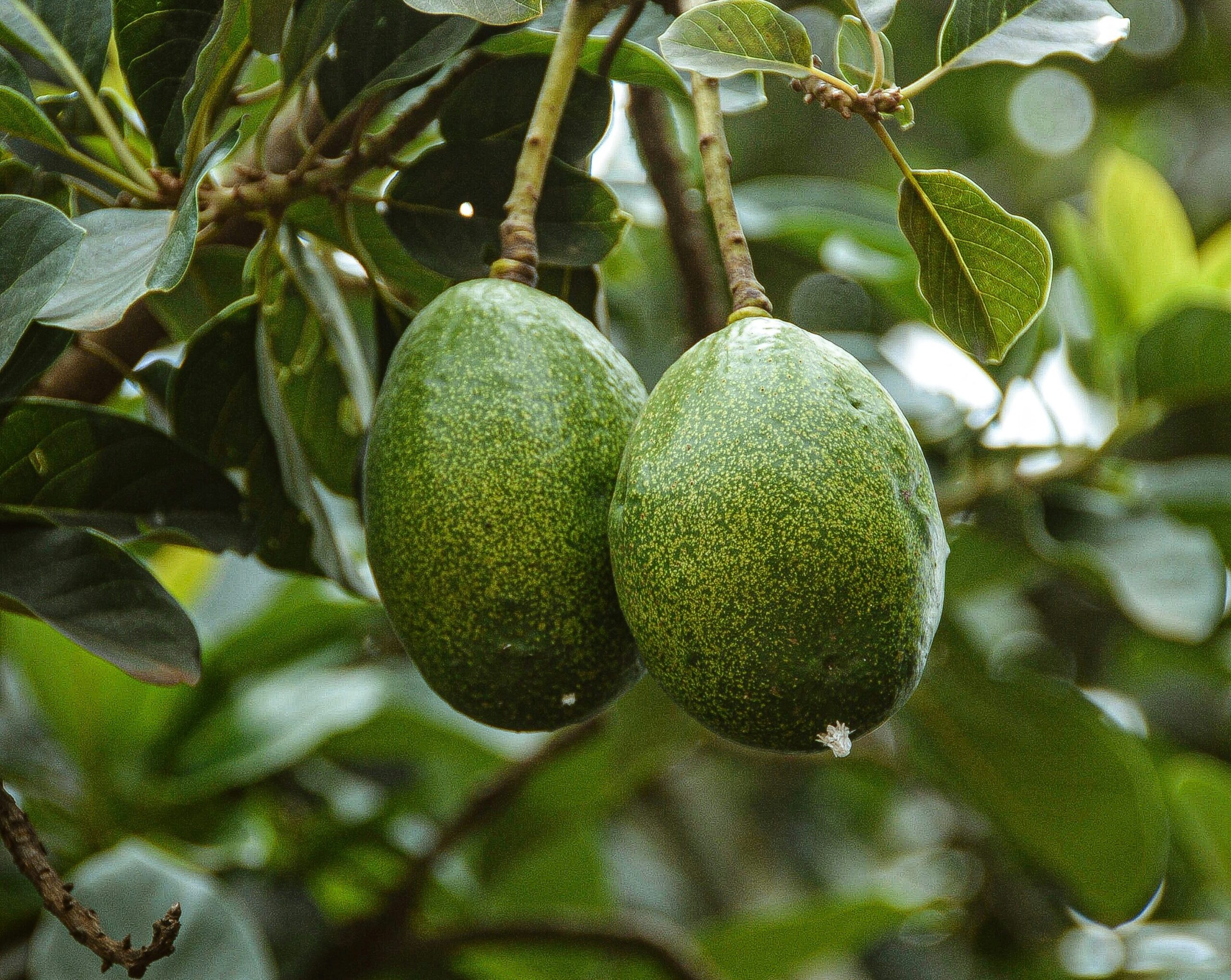Casablanca – Over the last two decades, Morocco has significantly expanded its role in the international tomato market, rising to become the world’s third-largest exporter by 2024. This rapid climb reflects years of investment in agricultural technology, improved logistics, and a competitive balance between cost and quality that appeals to buyers in Europe and beyond.
From fifth place to the global top three
In 2005, Morocco exported about 217 million kilograms of tomatoes, ranking fifth worldwide. By 2024, export volumes had more than tripled to 767 million kilograms, allowing the country to surpass Spain and Turkey and secure a position just behind Mexico and the Netherlands.
Revenues followed the same upward trajectory. In 2005, Morocco generated roughly $131 million from tomato exports. By 2024, export earnings had risen to approximately $1.24 billion, placing the country among the top three globally in terms of value. This shift is particularly notable because some competing exporters, such as Spain, experienced declining export volumes over the same period.
Drivers of Morocco’s rapid growth
Morocco’s ascent in the global tomato trade is the result of coordinated progress across farming practices, logistics, and market outreach.
Producers have modernized their greenhouses, expanded the use of drip irrigation, and developed stronger and more resilient tomato varieties capable of maintaining flavor and firmness during long-distance shipping. These improvements have increased yields while maintaining quality.
Packing and sorting stations have adopted more advanced grading systems and stricter traceability procedures to meet demanding international food-safety rules, particularly in the European market. Compliance with these standards has opened doors for Moroccan tomatoes across multiple regions.
Logistical progress has played an equally important role. Fast transport corridors from farming regions to ports, along with well-maintained cold-chain systems, help preserve freshness and reduce losses. This gives Moroccan exporters a competitive advantage in markets such as France, the United Kingdom, and the Netherlands, where consumers expect high-quality, fresh produce year-round.
Commercial partnerships with large European distributors have also strengthened the sector. These agreements help producers anticipate seasonal demand and adjust production, while Africa- and Middle East-focused expansion reduces dependence on any single market.
A shifting global landscape
Morocco’s growth is taking place during a period of significant change in the global tomato trade. Spain, once a dominant exporter, has gradually lost market share. Turkey, which ranked fourth in 2005, experienced its peak in 2021 and has since slowed. Meanwhile, Mexico and the Netherlands continue to dominate the export rankings, with Morocco now firmly in third place.
In 2024, global tomato exports are estimated at around 8.2 million tonnes, with a total market value of roughly $13.4 billion. Prices vary widely depending on the variety, from low-cost bulk tomatoes at around $0.73 per kilogram to premium cherry and cocktail tomatoes that can reach $4.82 per kilogram. These high-value varieties are currently experiencing the strongest growth, driven by consumer demand for convenience, flavor, and quality. Moroccan producers are increasingly active in these premium segments.
Challenges facing the sector
Despite strong performance, Morocco’s tomato-export sector faces challenges that may shape its future trajectory.
- Water scarcity continues to place pressure on agricultural regions dependent on groundwater and irrigation.
- Sustainability demands from international buyers are growing, requiring exporters to demonstrate lower water use, reduced emissions, and improved environmental performance.
- Social standards and labor conditions in the agricultural workforce must continue improving to meet international expectations.
- Value-added development, such as processing, organic production, or reduced-carbon tomato varieties, is still underexploited.
- Price volatility in global markets requires closer partnerships with distributors to maintain stable income for producers.
To remain competitive, Morocco will need to invest further in innovation, develop climate-resilient tomato varieties, expand renewable-energy use in greenhouses, and improve water management techniques. These steps will help the sector adapt to environmental pressures while meeting increasingly strict requirements from global buyers.
Outlook for the future
Morocco’s rise to the world’s third-largest tomato exporter demonstrates the effectiveness of its agricultural strategy and the sector’s ability to adapt to international market expectations. Continued modernization, sustainability efforts, and diversification into high-value tomato varieties will determine how far Morocco can advance in the global rankings.
For now, the country stands as a strong and reliable supplier in the international tomato trade—a position built on efficiency, innovation, and long-term planning, and one that is likely to grow in importance in the years ahead.
